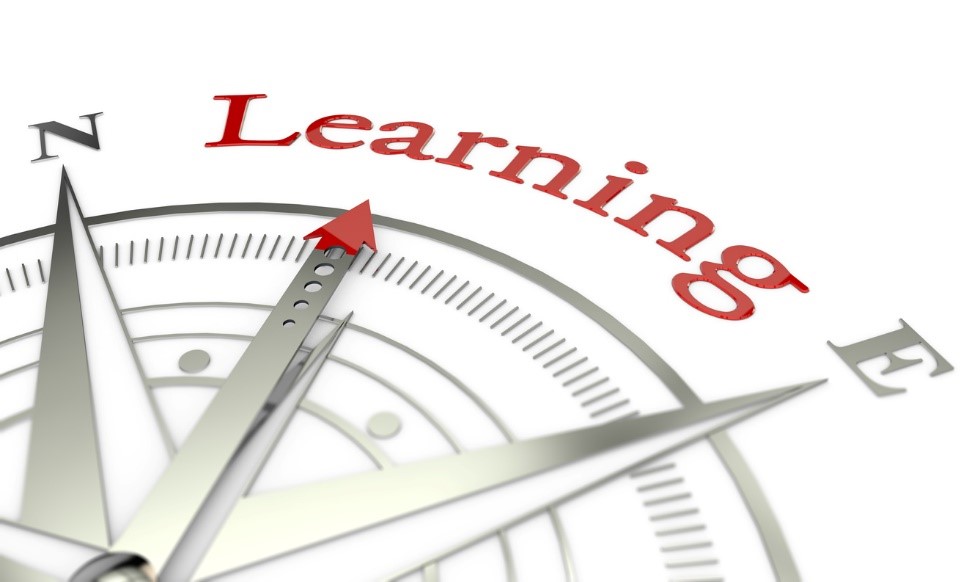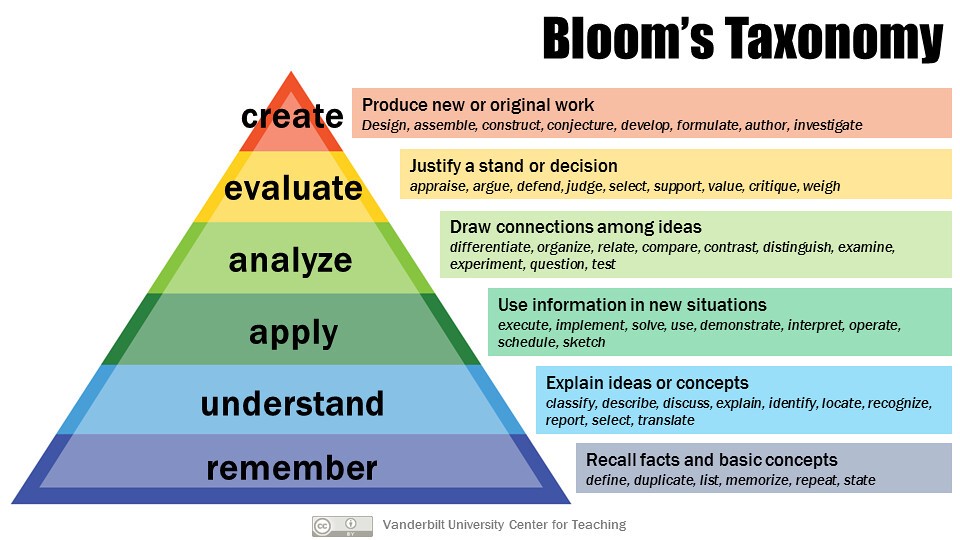How to Write Meaningful Learning Objectives

The Learning Professionals’ Guide to Writing Learning Objectives
Consider for a moment why online courses frequently begin with the declaration of the learning objectives. Learning objectives announce the course’s content and goals to the learner, they often serve as the course description in a course catalog or within a learning management system, and these objectives are often the result of instructional designers’ revisions after striving to come up with precisely the correct wording to capture the essence of the course. When so much importance is placed on these words, it’s necessary to understand the purpose learning objectives serve, how to properly write them, and how they relate to assessment practices.
An Overview of Learning Objectives
Learning objectives describe specific and measurable functions that learners will be able to perform upon completion of the content. As we explained in Part 1 of our series on Building Effective Online Courses, “These statements address how the course content will close [learners’] performance gap.” A best practice is for instructional designers to meet with their subject matter experts and other project stakeholders to identify and write learning objectives before creating any storyboards or actual content. This is a critical first step, as the learning objectives should guide the designers throughout the entire design process as they select content, create interactions and activities, and write assessments. A good rule to be mindful of is that any content that does not support the learning objectives does not belong in the course. Writing and following clear learning objectives helps to eliminate scope creep, and ensures the course is focused on only the necessary content.
Bloom’s Taxonomy
The most widely used guide for learning objectives is Bloom’s Taxonomy, which is a hierarchical diagram that displays the cognitive skills and processes that can be expected of learners following instruction.The taxonomy ranges from simple to complex and can assist in the creation of learning objectives. Each step of the taxonomy lists verbs or “action words” that describe the various outputs learners will be capable of, and designers can simply select actions from Bloom’s lists that are appropriate for their content.

By choosing verbs from Bloom’s Taxonomy that can be clearly observed and measured, instructional designers avoid the trap of immeasurable and unclear words such as “understand.” Instructors and designers cannot visibly observe learners “understanding” the content, but they can, however, observe and measure when learners summarize, compare, contrast, or discuss, which are all verbs that Bloom identifies with understanding content. Choosing the right words for each objective helps learners to clearly demonstrate mastery of the content, and enables instructors in objectively assessing learners’ performance.
The ABCD Model
A second widely used model for learning objectives, and one that is often used alongside Bloom’s Taxonomy, is the ABCD Model. This model leads designers to consider four components: audience (A), behavior (B), condition (C), and degree (D). In the following example from the University of Hawaii, notice how each element is included: “Given an assortment of EMS equipment to pick from, the paramedic should be able to identify all of the equipment necessary to perform rapid sequence intubation without error.”
- Audience = paramedics
- Behavior = identify all the necessary equipment to perform rapid sequence intubation
- Condition = given an assortment of EMS equipment to pick from
- Degree = without error
Reading this objective, we can clearly understand who it was written for, what behavior is expected of them, under what conditions, and to what degree of accuracy. After drafting your initial learning objectives, review them using the ABCD model to ensure each component is included and that your objectives present specific, measurable concepts that are appropriate for your learners.
Connecting Objectives to Assessment
When creating content in the workplace, learning objectives are often connected to learners’ desired performance on the job, such as gaining a new skill, or changing an existing behavior. Aligning assessment strategies to learning objectives ensures that assessment is not only adequate but also appropriate for measuring learners’ performance or knowledge.
To achieve alignment, review your learning objectives when writing assessments. Identify what levels of Bloom’s Taxonomy are present in your objectives. For example, if your objectives ask for students to analyze the causes for customers’ complaints but your assessment only asks for them to recall customers’ most common complaints, there is a misalignment between the objectives and the assessment. The lower tiers of Bloom’s Taxonomy pair well with objective tests such as multiple choice and matching, whereas the higher, more cognitively demanding tiers pair well with assessments that require more critical thought such as simulations, performances, or learners’creation of content such as reports, essays, or research. Misalignments between objectives and assessment create poor learning experiences, which can cause confusion and can reduce learners’ motivation to complete both the course and the assessment.
Well-designed courses present assessments that are aligned to the learning objectives and instructional practices. Training programs in the workplace present the additional need of aligning to learners’ experiences on the job, and ideal assessment activities mirror the actions learners will be expected to perform following instruction. Reflecting on how to best assess your content and your learners allows you to create assessments that properly measure learners, and also present you with meaningful data that will allow you to evaluate the effectiveness of your training content.
